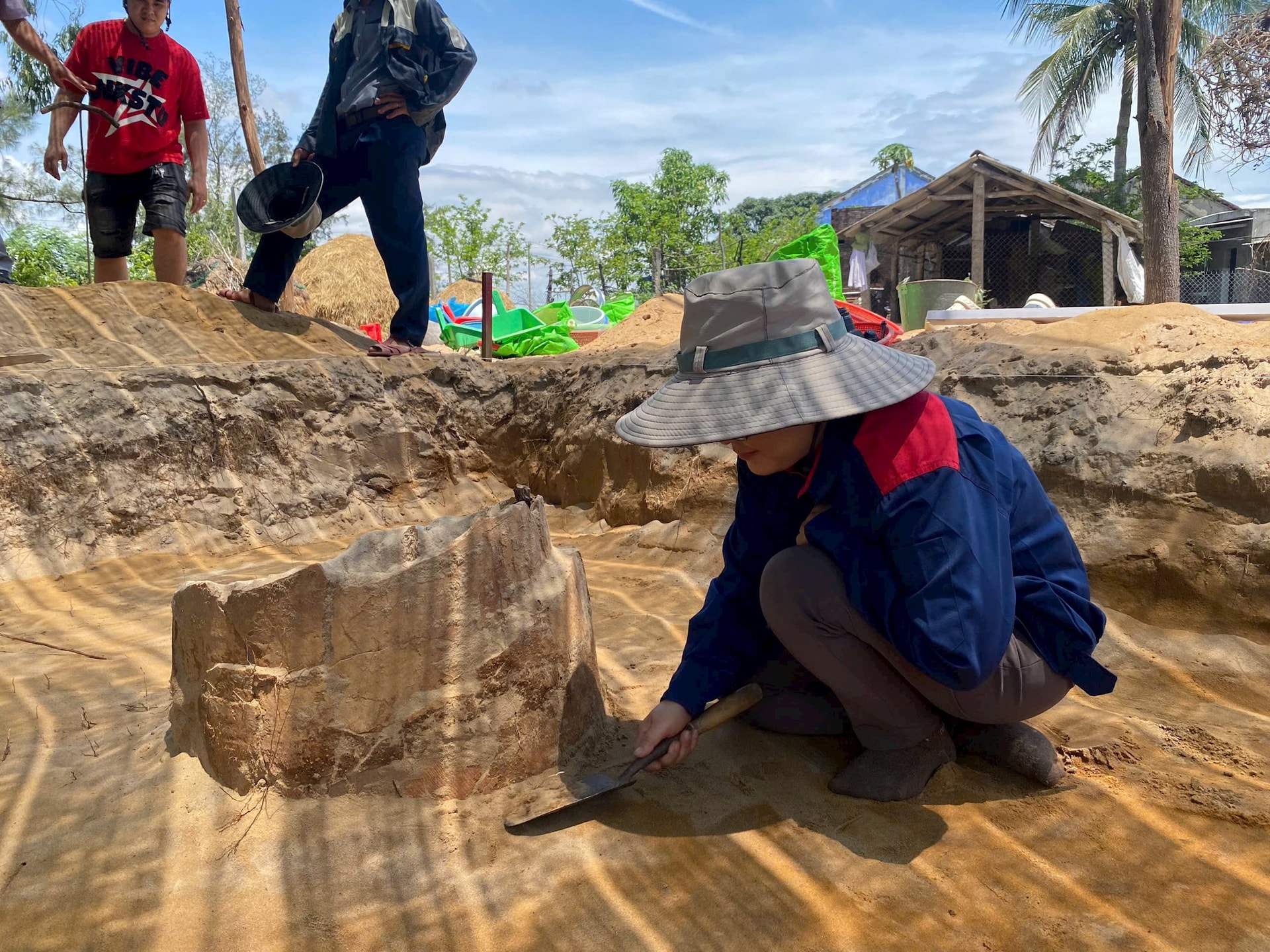
A unique burial complex with three distinct burial forms, along with a treasure trove of nearly 4,000 extremely valuable burial objects, paints a picture of a deeply stratified society, a center of power and a bustling international trade link more than 2,000 years ago.
The Tombs Tell Stories
For decades, Thang Binh remained a “blank space” on the archaeological map of the Sa Huynh culture, despite being located between major relic centers. Things began to change in 2021, when Mr. Tran Van Bay, a resident of Lac Cau village, former Binh Duong commune, accidentally discovered an ancient jar tomb in his garden.
This discovery opened a new and surprising chapter for Vietnamese archaeology. The excavation and treatment of the first jar tomb (coded M1) revealed an astonishing wealth. Inside and outside the jar were filled with burial objects, from iron tools, Chinese bronze objects, to more than 1,100 exquisite jewelry items made of gold, precious stones and glass.
The scale of the wealth suggests that the tomb's owner was certainly a high-ranking figure, a chieftain or a member of the aristocracy.
However, the real mysteries of Lac Cau are only just beginning to be revealed. A systematic excavation conducted by the Quang Nam Monuments and Museum Management Board in 2025 has brought many interesting new discoveries. In a small area, archaeologists discovered two completely different burial forms, coexisting with the rich jar tomb.
First is another large jar tomb (symbol 25LC.H1), similar in size and shape to tomb M1, but completely empty inside, without any burial objects or remains.
The most astonishing discovery was made in excavation pit 25LC.H4. Here, archaeologists found an earthen tomb, without using large jars as coffins. Instead, a huge amount of wealth was buried directly into the ground, arranged in 6 dense clusters. Stacks of neatly arranged ceramic bowls, upside-down pots, iron tools and thousands of pieces of jewelry were scattered throughout the tomb.
The coexistence of these three burial forms at Lac Cau is clear evidence of a more complex Sa Huynh society than previously thought. It shows deep social stratification, where different elites may have had separate burial rituals, or reflects the coexistence of multiple clan groups with different customs in the same cemetery.
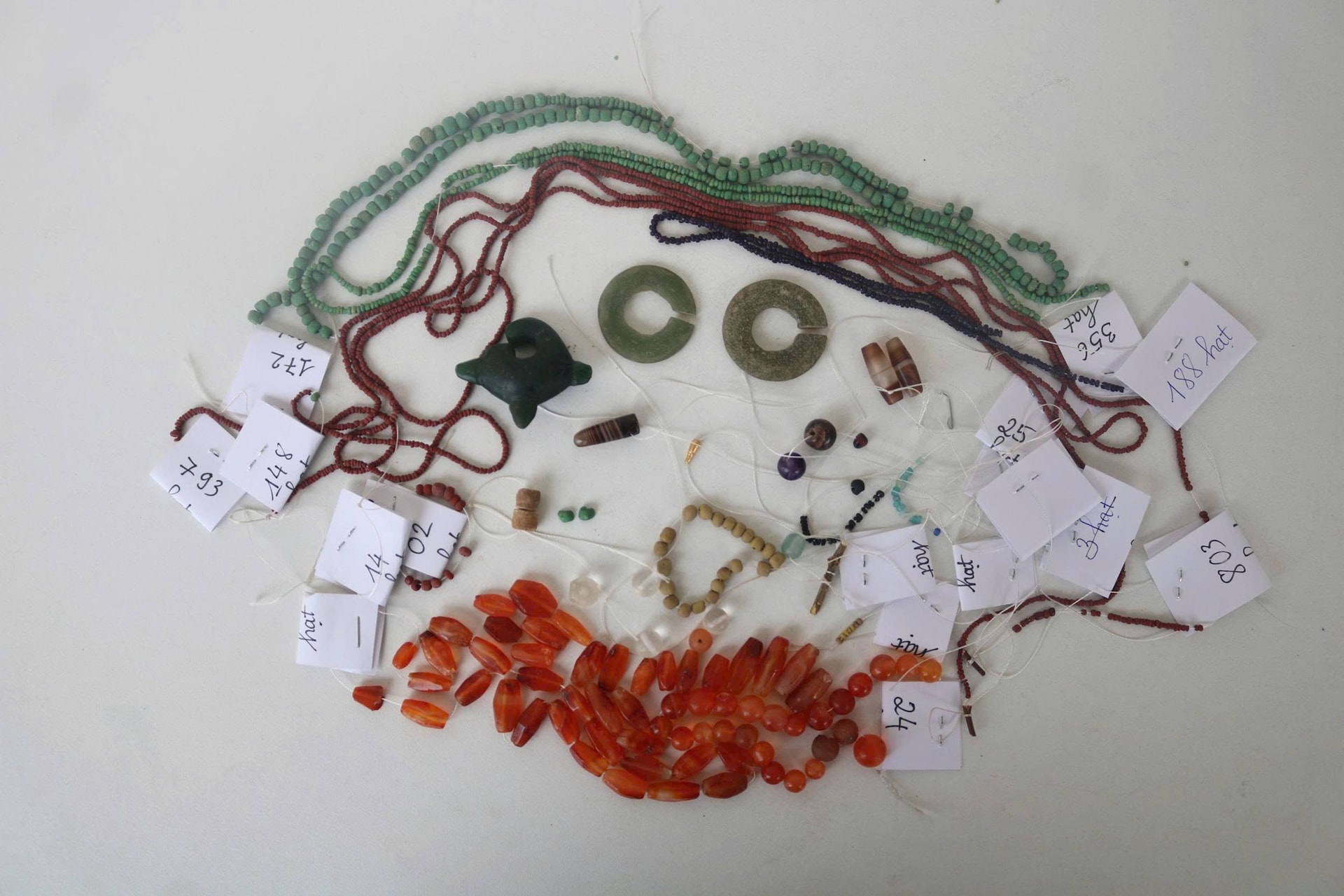
Treasures of an early “port city”
Synthesizing two research campaigns, Lac Cau has brought back a huge collection of relics with nearly 4,000 artifacts, outlining a prosperous society with a large trade network.
Jewelry is the most impressive group of artifacts with more than 3,800 beads and various types of jewelry. Highlights include the elaborately crafted gold beads, hundreds of orange-red agate, amethyst, and crystal beads that may have originated in India or other manufacturing centers in Southeast Asia. In particular, archaeologists also found gold-plated glass beads, a complex manufacturing technique that required a high level of skill.
Symbols of the Sa Huynh culture - three-pronged nephrite earrings - were also found along with turban-shaped earrings. The presence of these items not only affirms the cultural identity but also shows the exchange with other cultures in the region, such as the Dong Son culture in the North.
Metal objects including iron tools and weapons such as machetes, axes, and knives were found in large quantities. Notably, some iron artifacts still preserved valuable organic traces: an axe still had the imprint of woven plant spokes and a knife still had its wooden handle intact. These are invaluable traces, helping scientists study the technique of fitting handles, the types of plants used, and especially providing ideal specimens for absolute Carbon-14 dating in the future.
In addition, bronze vessels such as bowls and basins, with designs identified as originating from China, are undeniable evidence of trade relations with the North.
Rewriting old history pages
The discoveries at Lac Cau, dated between the 3rd and 2nd centuries BC and the 1st century AD, are forcing researchers to reassess models of Sa Huynh culture.
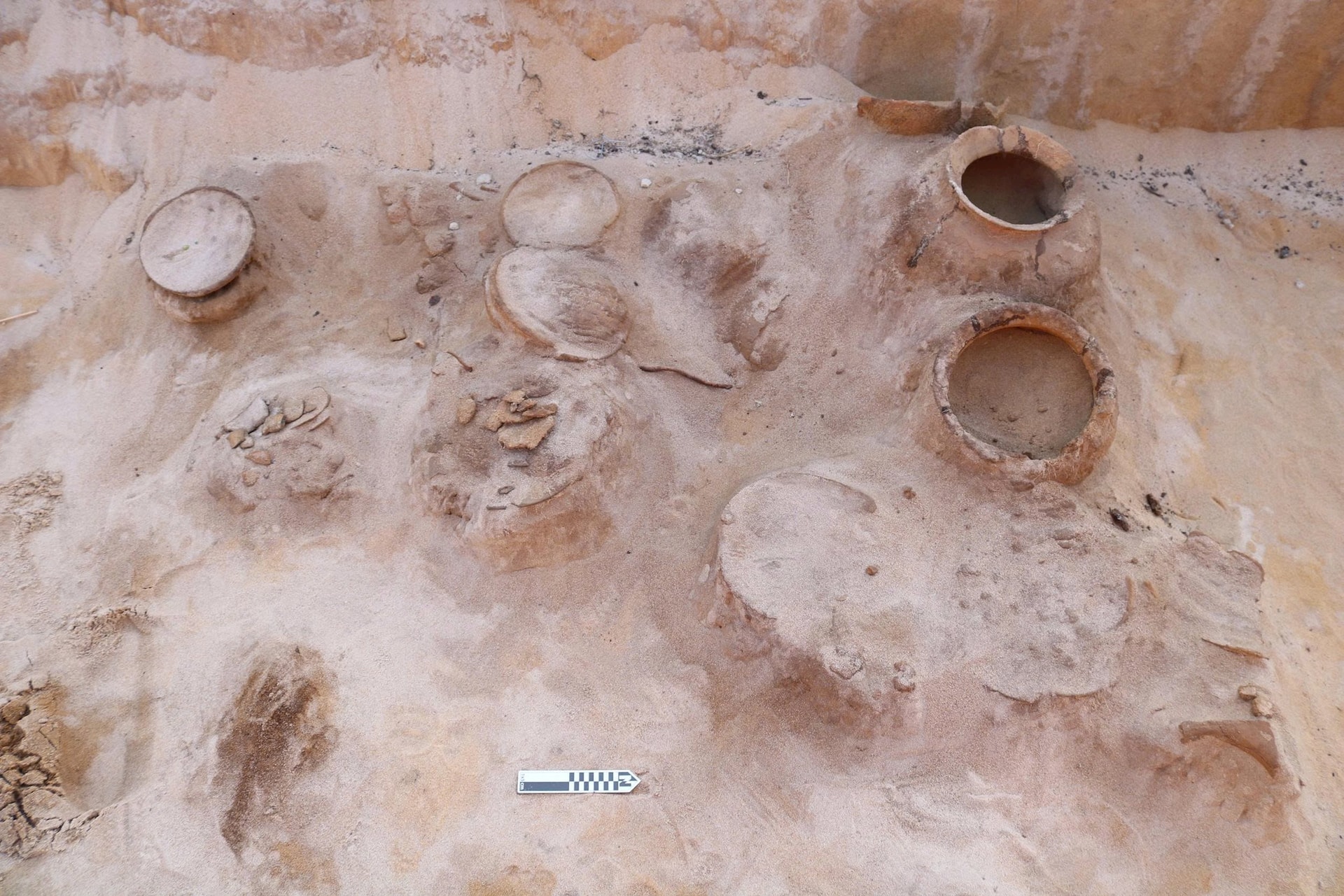
Luoguo was clearly not a simple coastal fishing village. The wealth of burial objects, the variety of imported goods, and the strategic location at the mouth of a coastal river suggest that it was an important center of power, economy, and culture.
The residents of Lac Cau not only received goods from all over but also participated in the production and crafting of sophisticated products for exchange. The presence of terracotta plumb lines and traces of fabric on metal objects are evidence that the weaving industry had developed.
These discoveries firmly positioned Luoguo as a dynamic link in the network of material, commodity, and cultural exchange that shaped the face of Southeast Asia more than two millennia ago, a precursor to the later “Maritime Silk Road.”
Although the excavations have yielded significant results, many questions remain unanswered. Scientists recommend further in-depth analysis of metal composition, C14 dating, and expanded surveys to search for the residential areas and workshops of the Lac Cau residents. The secrets of this land are still waiting to be discovered, promising to continue to shed more light on a glorious but mysterious period of Vietnam's history.
Up to now, the number of relics and sites belonging to Sa Huynh culture discovered in Quang Nam province (old) is quite large, but mainly distributed along the Thu Bon, Vu Gia and Tam Ky river systems; and in the Truong Giang river basin, especially in Thang Binh district (old), this is the first Sa Huynh culture site discovered.
Because a jar tomb was just discovered by chance, the surrounding areas have not had the conditions to research, explore, and excavate, so it is not possible to determine the scale and distribution range of tombs in this area.
Continuing to explore, excavate and research this site is of great significance in studying the distribution space, nature and characteristics of Sa Huynh culture in the coastal plains of Quang Nam (old).
Therefore, the Management Board of Monuments and Museums of Quang Nam proposed an archaeological excavation to fully research the location and role of this site in the overall Sa Huynh culture in Quang Nam (old).
Source: https://baodanang.vn/sa-huynh-giau-co-duoi-long-dat-lac-cau-3265624.html


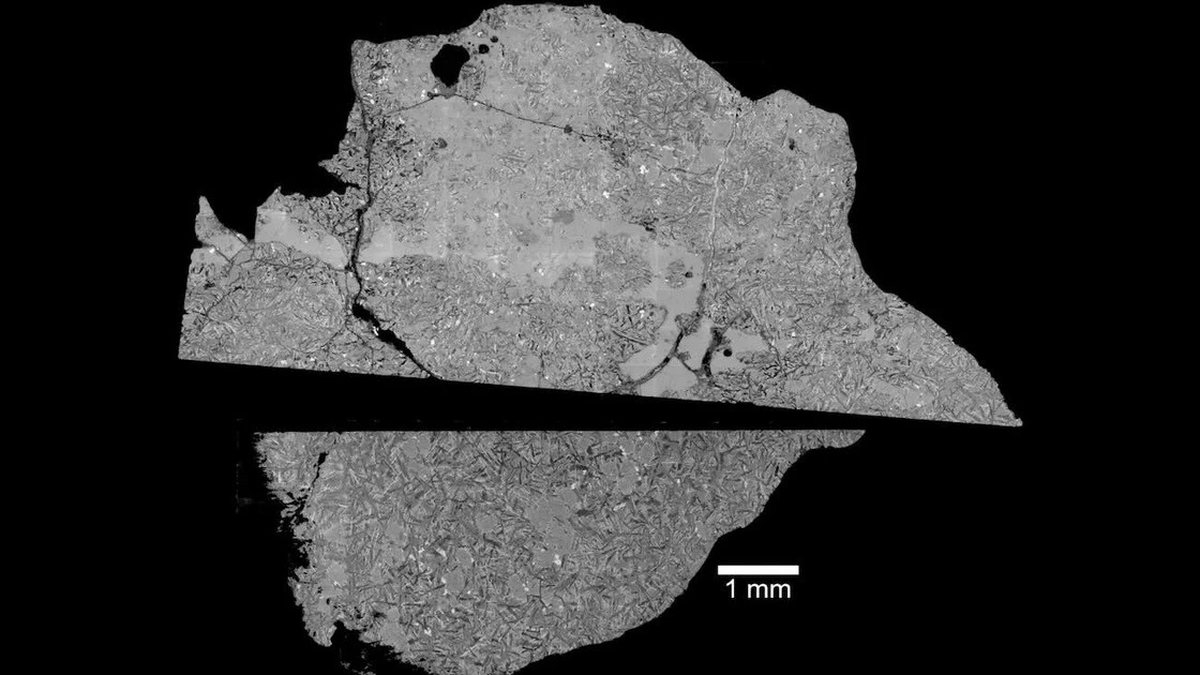
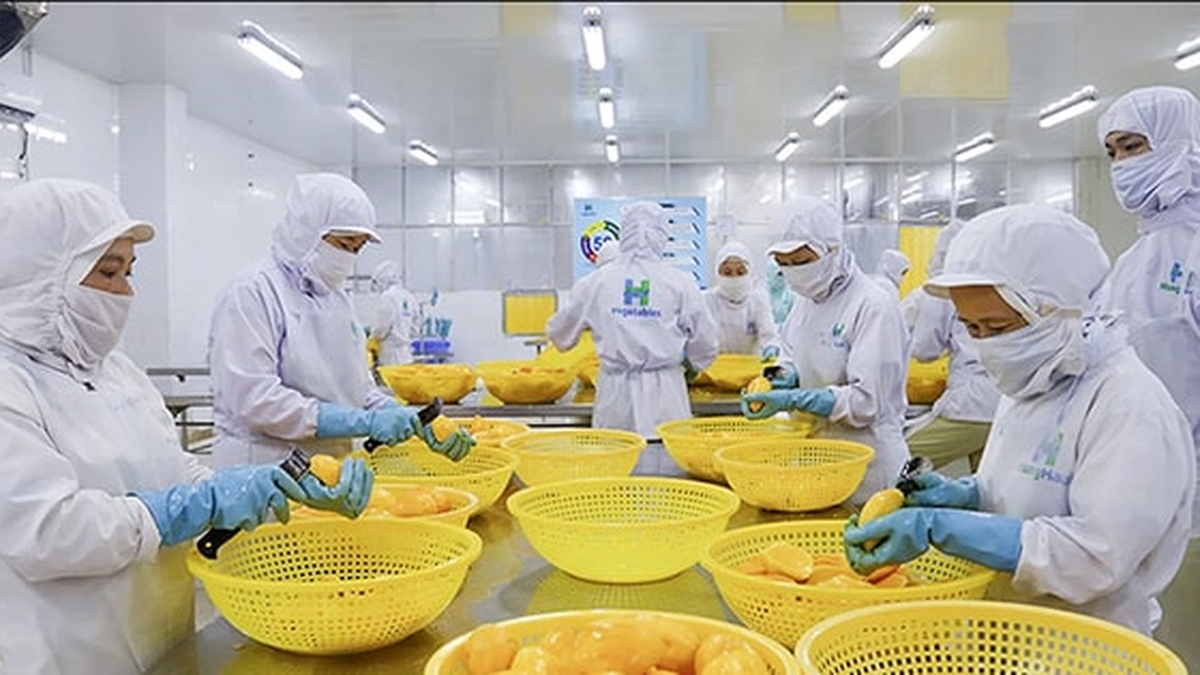



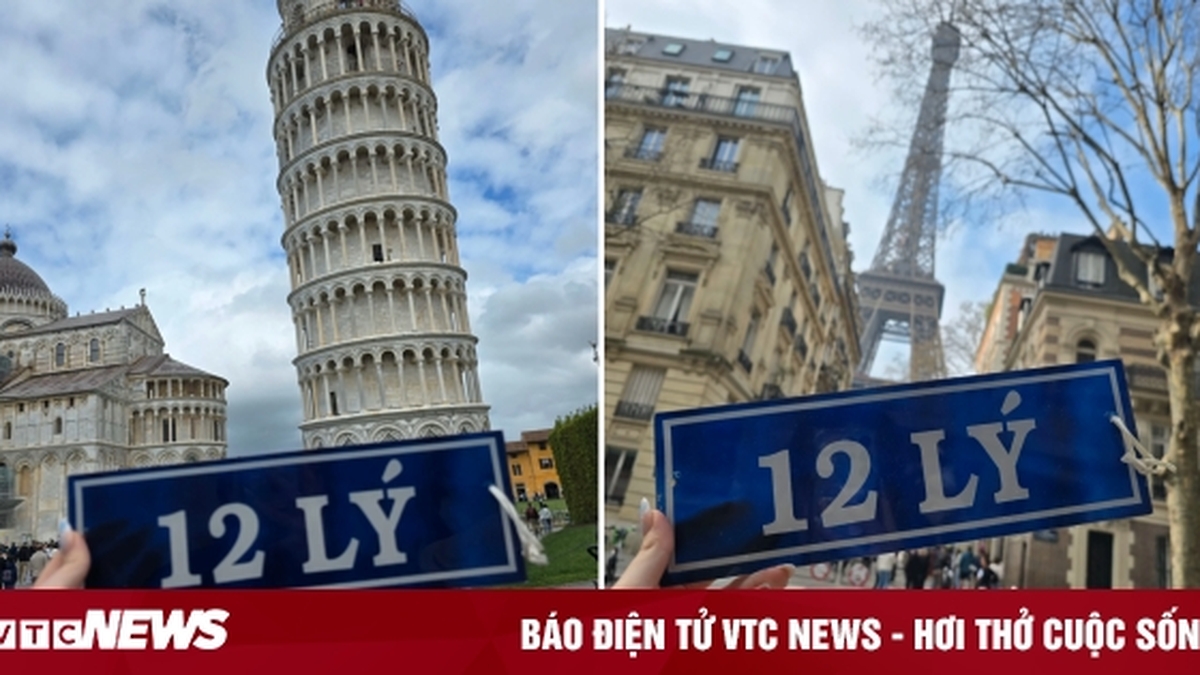

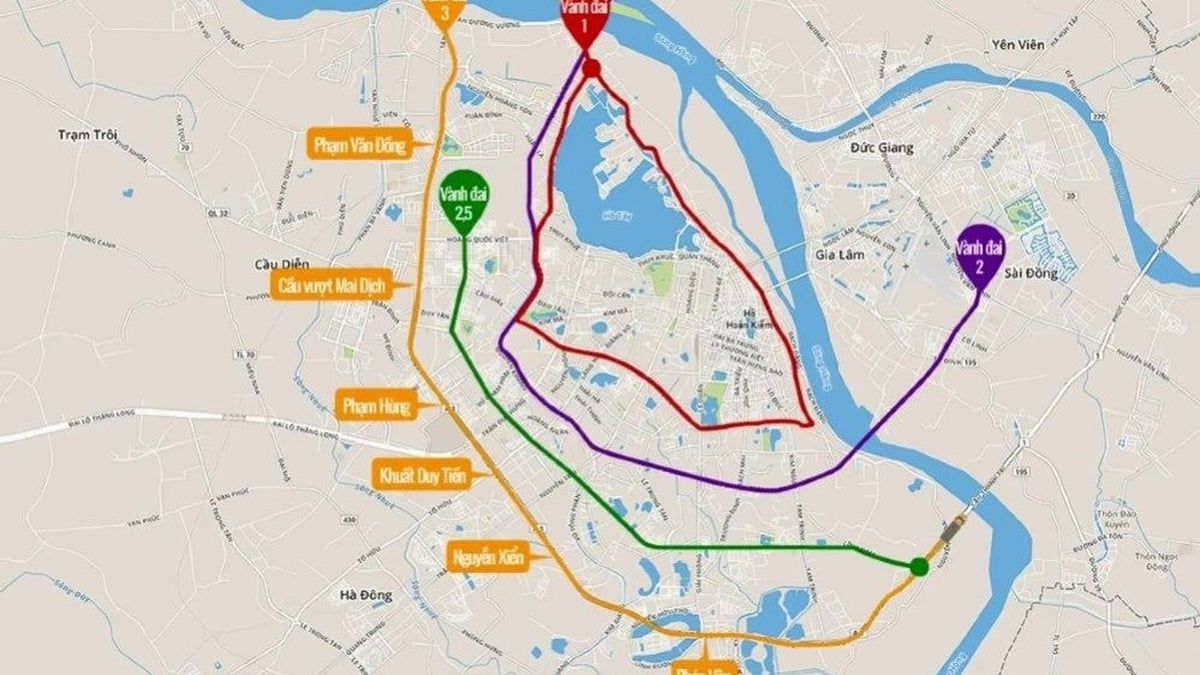
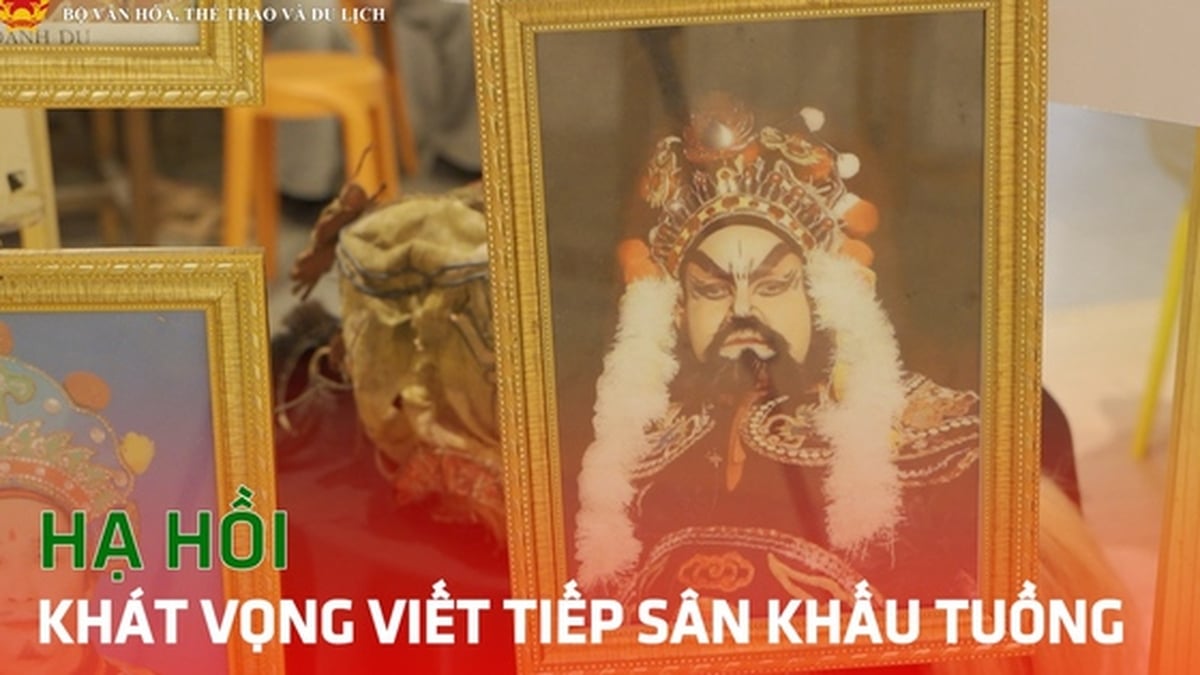






















































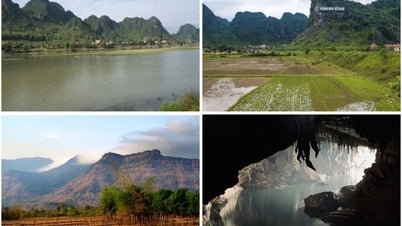









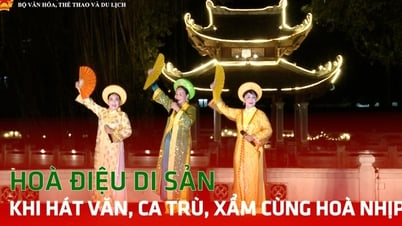


























Comment (0)